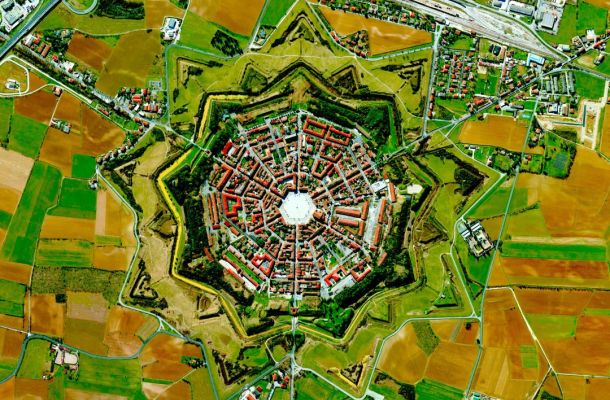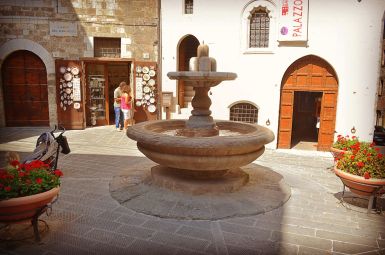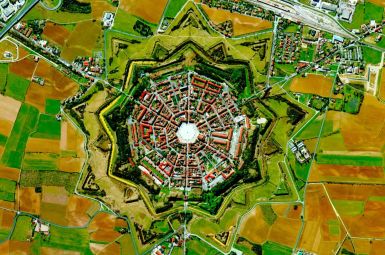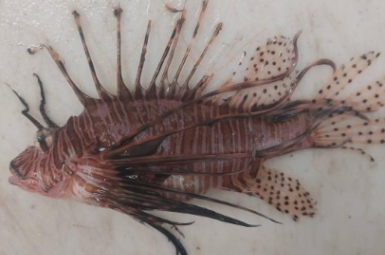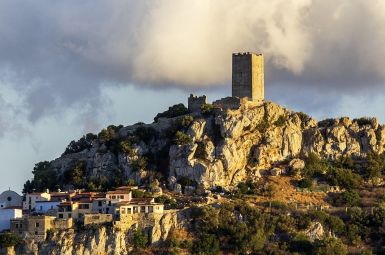
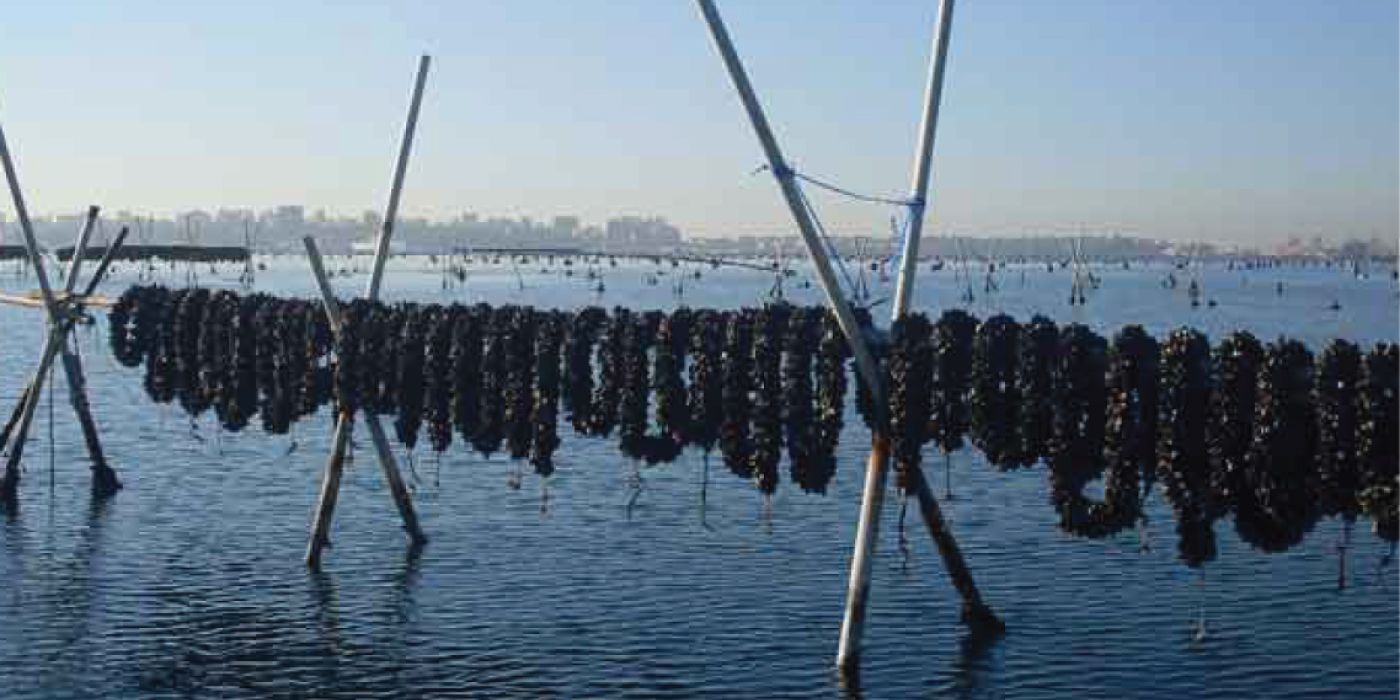
Curiosità: Taranto è conosciuta come la “Città dei Due Mari” per la sua particolare conformazione geografica, che vede il centro abitato affacciarsi su due corpi d’acqua distinti: il Mar Grande e il Mar Piccolo. Questa caratteristica unica ha reso Taranto un importante centro marittimo sin dall’antichità. Ma c’è di più: sotto la superficie del Mar Piccolo si trovano numerose sorgenti di acqua dolce sottomarine chiamate “citri”. Queste sorgenti creano un ambiente ideale per la crescita dei mitili, rendendo le cozze di Taranto, note come “cozze tarantine”, particolarmente rinomate per la loro qualità e sapore. La presenza dei citri non solo contribuisce alla biodiversità marina, ma ha anche un ruolo fondamentale nell’economia locale, con la mitilicoltura che rappresenta una delle principali attività produttive della zona.

Benvenuti alla pagina dedicata al Mar Piccolo di Taranto, una meraviglia naturale situata nella regione Puglia. Questo specchio d’acqua è famoso per la sua straordinaria biodiversità, le suggestive sorgenti d’acqua dolce sottomarine chiamate “citri” e la sua importanza storica e culturale.
Caratteristiche del Mar Piccolo
Geografia
Il Mar Piccolo è una laguna costiera suddivisa in due insenature principali: il Primo Seno e il Secondo Seno. Questa laguna è separata dal Mar Grande da una serie di isole e da un ponte, e si estende per circa 20 chilometri quadrati. La profondità media è di circa 10 metri, ma può raggiungere i 13 metri in alcune aree.
Citri: Le Sorgenti Sottomarine
Una delle caratteristiche più affascinanti del Mar Piccolo sono le numerose sorgenti di acqua dolce sottomarine, conosciute localmente come “citri”. Queste sorgenti naturali alimentano il bacino con acqua dolce che sgorga direttamente dal fondo marino, creando un ambiente unico e ricco di biodiversità.
Origine dei Citri
I citri si formano grazie alla presenza di falde acquifere sotterranee che, a causa della pressione, fanno fuoriuscire l’acqua dolce attraverso fessure e spaccature nel substrato roccioso del fondo marino. Queste sorgenti giocano un ruolo cruciale nel mantenere l’equilibrio ecologico del Mar Piccolo, contribuendo alla sua ricchezza biologica.
Impatto Ecologico
L’acqua dolce dei citri mescolandosi con l’acqua salata del Mar Piccolo crea un ambiente brackish (salmastra) che ospita una varietà incredibile di specie marine. Questo fenomeno supporta la vita di molluschi, pesci e altre creature marine che prosperano in queste condizioni uniche.
Biodiversità
Flora e Fauna
Il Mar Piccolo è un vero e proprio paradiso per gli amanti della natura. Tra le specie più rappresentative troviamo:
- Posidonia oceanica: Una pianta marina che forma estese praterie subacquee, fondamentali per l’ecosistema marino.
- Cozze e Ostriche: Allevate nelle acque del Mar Piccolo, sono apprezzate per la loro qualità e sapore.
- Pesci: Tra cui spigole, orate, cefali e saraghi.
- Uccelli: Numerose specie di uccelli acquatici, come fenicotteri, aironi e cormorani, frequentano le sponde del Mar Piccolo.
Aree Protette
Parte del Mar Piccolo è inclusa in aree protette per preservare il suo straordinario patrimonio naturale. Queste zone offrono rifugio a molte specie minacciate e promuovono la conservazione degli habitat marini e costieri.
Storia e Cultura
Importanza Storica
Il Mar Piccolo ha una lunga storia che risale all’epoca romana, quando Taranto era un importante centro commerciale e militare. Le sue acque erano utilizzate per l’allevamento di pesci e molluschi, una tradizione che continua ancora oggi.
Attività Tradizionali
Le comunità locali hanno sempre dipeso dal Mar Piccolo per la pesca e l’allevamento di mitili. Le tecniche tradizionali di allevamento delle cozze, tramandate di generazione in generazione, sono ancora praticate, contribuendo all’economia locale e preservando le antiche tradizioni.
Attività per i Visitatori
Escursioni in Barca
Una delle migliori modalità per esplorare il Mar Piccolo è attraverso le escursioni in barca. Queste gite permettono ai visitatori di osservare da vicino i citri, la flora e la fauna marina, e di godere dei panorami mozzafiato delle sponde e delle isole circostanti.
Birdwatching
Grazie alla varietà di uccelli che frequentano l’area, il Mar Piccolo è un luogo ideale per il birdwatching. Diverse aree di osservazione sono accessibili ai visitatori, offrendo opportunità uniche per ammirare specie rare e migratorie.
Degustazione di Frutti di Mare
I visitatori possono assaporare i deliziosi frutti di mare del Mar Piccolo nei ristoranti locali, dove le cozze e le ostriche fresche sono servite come specialità della casa. Molti stabilimenti offrono anche visite guidate agli allevamenti di mitili.
Come Arrivare
Il Mar Piccolo è facilmente raggiungibile da Taranto e dalle principali città della Puglia:
- In Auto: Da Taranto, seguire le indicazioni per il Mar Piccolo. Sono disponibili parcheggi lungo la costa.
- In Treno: La stazione ferroviaria di Taranto è la più vicina. Da lì, è possibile prendere un autobus o un taxi.
- In Autobus: Diverse linee di autobus collegano Taranto con le aree circostanti del Mar Piccolo.
Informazioni Utili
- Indirizzo: Mar Piccolo, Taranto, Puglia, Italia
- Orari di Apertura: Aperto tutto l’anno
- Contatti: Ufficio Turistico di Taranto – Telefono: +39 099 4586111 – Email: info@turismotaranto.it
- Sito Web: turismotaranto.it
Consigli per i Visitatori
- Rispetto per l’Ambiente: Seguite le regole del parco naturale e non disturbate la fauna selvatica.
- Sicurezza: Indossate sempre un giubbotto di salvataggio durante le escursioni in barca e seguite le indicazioni delle guide.
Conclusione
Il Mar Piccolo di Taranto è un tesoro naturale che offre esperienze indimenticabili per tutti i visitatori. Che siate appassionati di natura, storia o gastronomia, troverete qualcosa di speciale in questo angolo incantevole della Puglia. Venite a scoprire la bellezza e la magia del Mar Piccolo!
Ultimo Aggiornamento:
1 Ottobre 2025
Autore
Categoria Articolo
Ultimi Articoli
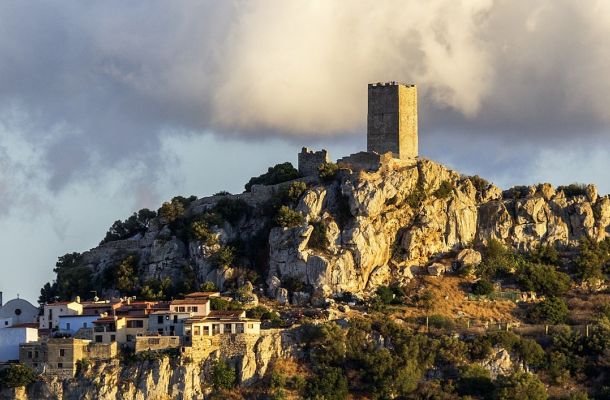
Posada, il Borgo Sardo dove il Tempo si è Fermato tra Storia e Leggenda
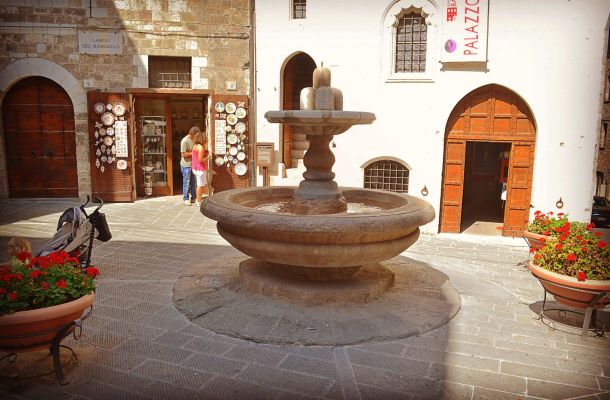
Gubbio, Umbria: La Città di Pietra dove il Medioevo non è mai finito
